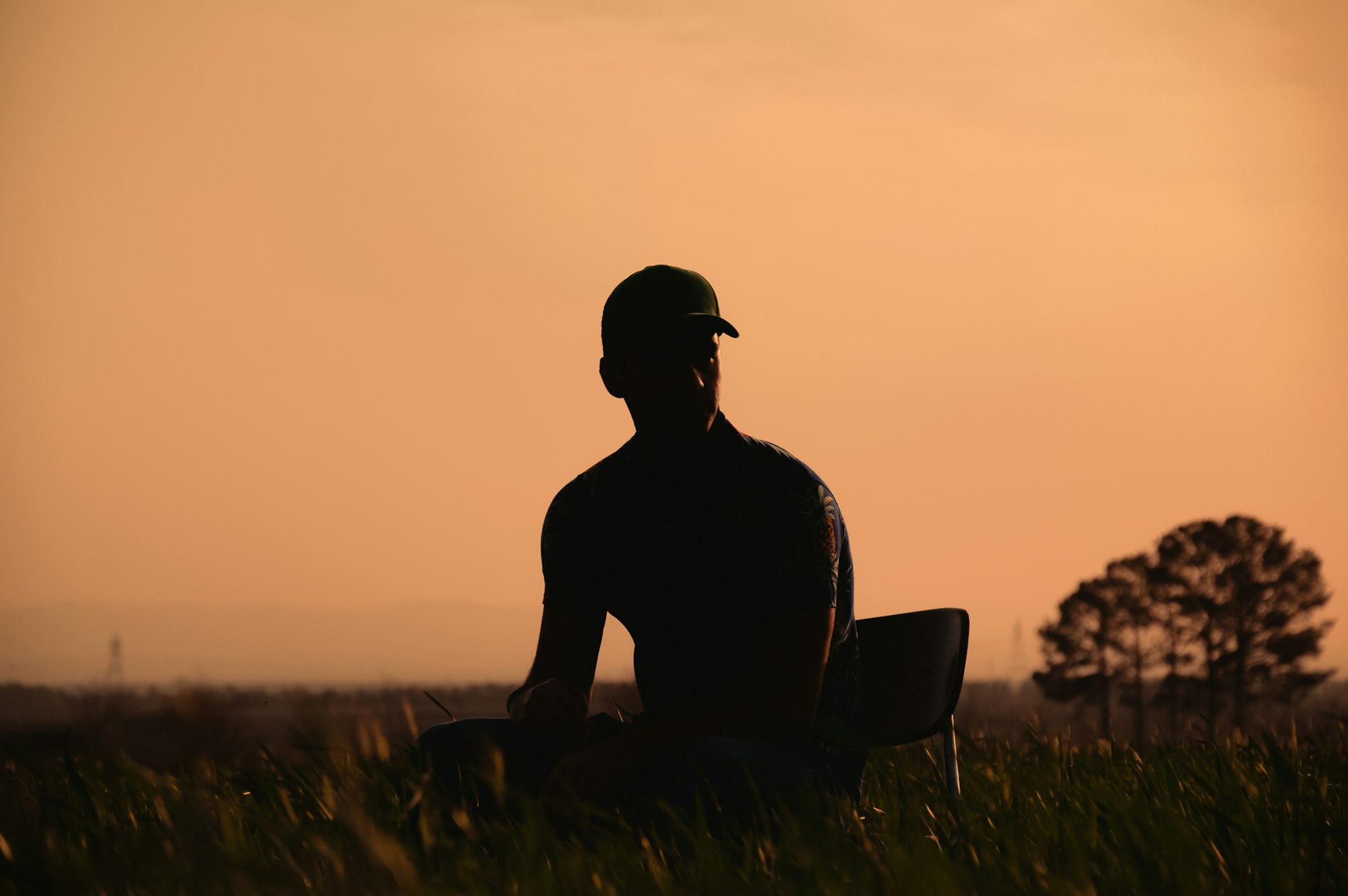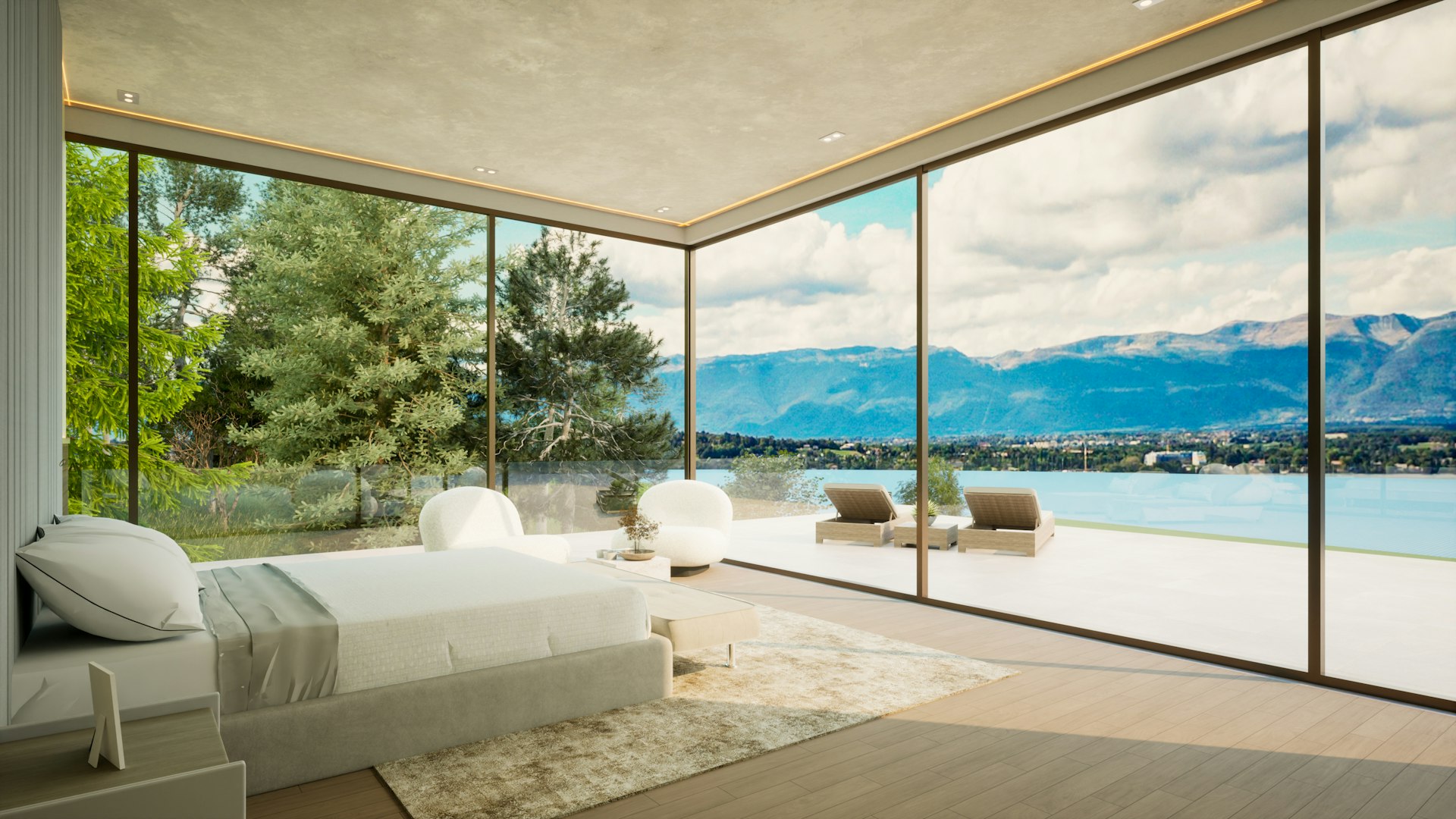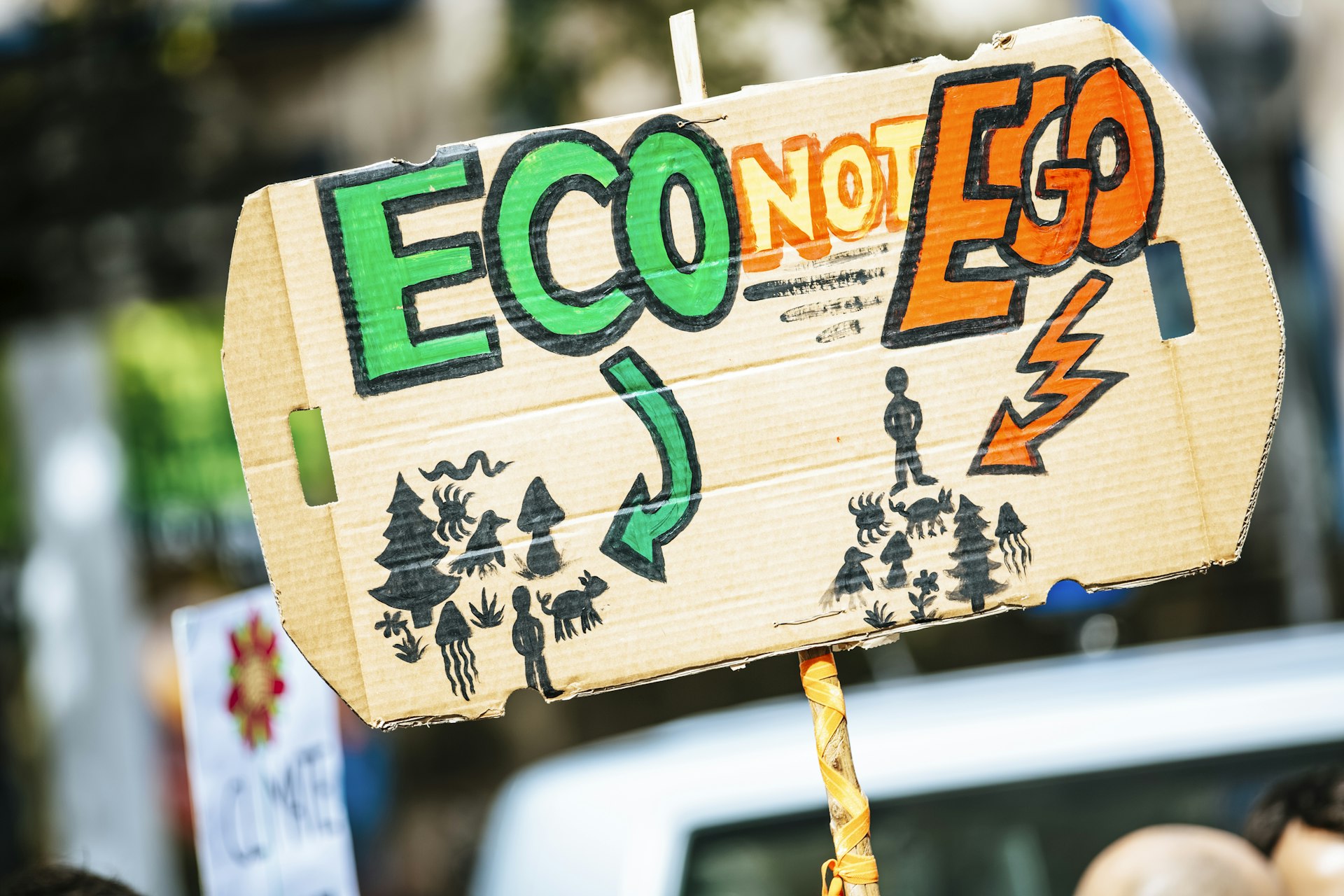Building Sustainable Outdoor Living Spaces: Eco-Conscious Design for Modern Lifestyles

Photo by HUUM on Unsplash
Introduction: The Rise of Eco-Conscious Outdoor Living
Outdoor living spaces are no longer just patios and lawns. For today’s homeowners, these areas have become true extensions of their homes, reflecting personal values and a growing commitment to sustainability. Eco-conscious outdoor living design focuses on reducing environmental impact while maximizing comfort, beauty, and functionality. In 2025, this movement is more than a trend-it’s a holistic approach embraced by industry leaders and homeowners alike [1] .
Section 1: Key Principles of Eco-Conscious Outdoor Living Design
The foundation of sustainable outdoor design rests on three pillars: environmentally responsible materials, water-wise landscaping, and the integration of natural elements. Each of these is vital for minimizing resource use and supporting regional ecosystems.
Environmentally Responsible Materials: Choosing reclaimed wood, recycled composite decking, and repurposed stone helps reduce landfill waste and the carbon footprint associated with new materials. These products are increasingly available through local suppliers and specialty retailers, offering both durability and style [1] .
Water-Wise Landscaping: Sustainable landscapes rely on native and drought-tolerant plants that require minimal irrigation. Rain gardens-planted with deep-rooted species like blue flag iris and swamp milkweed-absorb runoff and improve soil health. Alternatives to traditional lawns, such as clover or ornamental grasses, reduce both water use and maintenance needs [2] .
Integration of Natural Elements: Biophilic design, which incorporates natural features such as ponds, rocks, and abundant greenery, creates a restorative environment and supports local wildlife. This approach not only enhances the beauty of your outdoor space but also promotes wellness and relaxation [3] .
Section 2: Step-by-Step Implementation Guide
Transforming your outdoor area into an eco-conscious living space can seem overwhelming, but following a clear process helps ensure successful, low-impact results. Here’s how you can get started:
1. Assess Your Space and Climate
Begin with a careful assessment of your yard’s soil, sunlight, and water conditions. Research your region’s native plants-your local agricultural extension office or botanical garden is often a reliable resource. Understanding your site’s microclimate ensures you select species and materials that thrive naturally, reducing the need for inputs like water and fertilizer.
2. Plan for Function and Flexibility

Photo by HUUM on Unsplash
Consider how you want to use your outdoor space: for dining, entertaining, gardening, or relaxation. Multi-functional designs are on the rise, featuring zones for various activities. For example, a patio can double as a dining area and a yoga retreat with the right furniture and layout. Privacy screens made from living walls or bamboo can provide seclusion while adding greenery [3] .
3. Choose Sustainable Materials and Features
Opt for products with recycled content or those certified by sustainability standards such as the Forest Stewardship Council (FSC). Composite decking, reclaimed brick, and permeable pavers are increasingly popular. These materials are available through most major home improvement retailers and landscaping suppliers-ask about their sourcing and environmental certifications to ensure authenticity.
4. Install Water-Saving Systems
High-efficiency irrigation systems, including smart controllers and drip irrigation, help minimize water waste by delivering moisture directly to plants’ roots only when needed. For lawn alternatives, consider installing artificial turf or drought-tolerant ground covers. Consult a local landscape professional for recommendations tailored to your climate [1] .
5. Embrace Low-Impact Lighting and Technology
Solar-powered lighting and energy-efficient LED fixtures reduce electricity use and environmental impact. Many modern outdoor lighting solutions come with smart controls for automated schedules and motion sensors. When selecting products, look for those rated by ENERGY STAR or similar certification programs for outdoor use.
Section 3: Real-World Examples and Case Studies
Across the United States, homeowners are successfully implementing eco-conscious designs. In arid regions like the Southwest, some have replaced water-intensive lawns with native xeriscapes, using plants like agave, yucca, and mesquite for structure and year-round interest. In the Midwest, rain gardens are helping manage stormwater runoff while supporting pollinators and reducing erosion [2] .
One notable example comes from Colorado, where a family transformed their backyard into a multifunctional retreat with a custom outdoor kitchen, permeable stone patios, and zones for both entertaining and relaxation. Their use of Colorado-native plants and reclaimed materials resulted in a beautiful, low-maintenance space that requires minimal irrigation and provides habitat for local birds and butterflies [5] .
Section 4: Overcoming Challenges and Exploring Alternatives
Transitioning to an eco-conscious outdoor living space does present challenges. Finding locally available, truly sustainable materials may require research-ask suppliers for documentation or certifications to verify environmental claims. In some climates, it can be difficult to replace lawns entirely. If so, blending low-water turf with native plant beds offers a practical compromise.
Budget can also be a concern, as sustainable products sometimes carry a premium price. However, many of these investments pay off in reduced water bills, lower maintenance, and increased property value over time. DIY installation is possible for many elements, though you may want to consult a landscape architect or designer with experience in sustainable design for larger projects.
Section 5: Accessing Resources and Professional Assistance
If you’re ready to move forward with an eco-conscious outdoor living project, you can:
- Contact local landscape designers and ask specifically about their experience with sustainable design and native plantings.
- Visit your state or city’s official environmental or water conservation department website for guidance on rebates or incentives for water-saving features.
- Consult reputable organizations like the U.S. Green Building Council or local chapters of the American Society of Landscape Architects for certified professionals and best practices.
- Search for garden centers specializing in native plants and recycled materials-many now offer workshops and design consultations.
To maximize your project’s success, write down your goals, gather a list of local suppliers, and set up consultations with professionals experienced in eco-friendly design. Many municipalities and water utilities also offer free or discounted resources, such as soil testing or native plant guides-search using terms like “native landscaping rebates [your city/state]” or “environmentally friendly outdoor design [your city/state].”
Key Takeaways: Creating an Eco-Conscious Outdoor Retreat
Eco-conscious outdoor living design offers lasting benefits for homeowners and the environment. By choosing sustainable materials, water-wise landscapes, and responsible technology, you create a space that’s both beautiful and future-ready. The path to transforming your yard is accessible: start with a clear plan, consult reliable resources, and adopt a step-by-step approach for each element of your design. With the right information and persistence, you can build a sustainable outdoor retreat that enhances your lifestyle and supports a healthier planet.
References
[1] Fun Outdoor Living (2025). Outdoor Living Trends 2025: What’s Hot This Year.
[2] Serene Water Gardens (2025). Top 5 Backyard Trends for 2025.
[4] Bobby K Designs (2025). Top 10 Landscape Design Trends for 2025.
[5] Environmental Designs (2025). Top Outdoor Design Trends for 2025.
MORE FROM mumsearch.com













